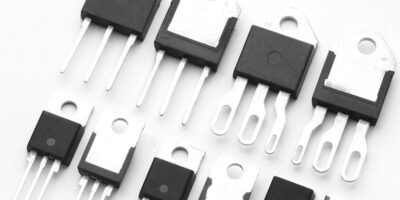Designed for appliances, lighting and controls, an additional five high-temperature Alternistor TRIAC switching thyristors have been added to Littelfuse portfolio.
The thyristors are designed for use as semiconductor switches in appliances and equipment powered by line AC voltages up to 250V RMS.
The high-temperature Alternistor TRIACs provide easier thermal management, especially in application with limited or no heat sinking. They are also available in mechanically and thermally robust clip-attach packages. Their size allows designers to use smaller board sizes in low power applications, while they ensure higher surge capability to withstand short-duration overload conditions.
They are available in five compact, surface-mount and through-hole packages and extend the Littelfuse TRIAC product line by making high 150 degrees C maximum junction temperature devices available in 600 to 800V with ratings of 12, 16, 25, 30 and 40A.
According to Littelfuse, the combination of high temperature capabilities, space-saving packaging and current rating choices make them suitable for IoT smart home applications that require compact design but without continuous high currents. Typical examples are light dimmers, kitchen and home appliances, tankless water heaters and electric tools.
Littelfuse offers high-temperature TRIACs in TO-220AB, TO-220 isolated, TO-263 (D2-PAK), TO-218 isolated (TOP3 Ins) and TO-218X isolated packages with loop leads. Sample requests may be placed through authorised Littelfuse distributors.
Littelfuse manufactures circuit protection, power control and sensing products. Customers in over 150 countries operate in the automotive and commercial vehicles, industrial applications, data and telecommunications, medical devices, consumer electronics and appliances markets.







